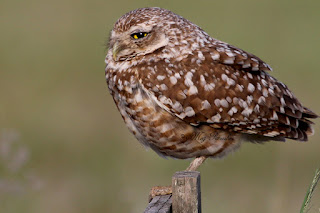Least Terns in the Summertime
A straightness of terns arrive from South America tired and hungry. They have had many names such as Little Striker, Little Tern, Minute Tern, Sea Tern & Silver Ternlet now called Least Tern.
You can hear the zr-e-e-e-p calls while they hover over the water searching for fish. They also eat crustaceans, sand eels, shrimp & prawns but they will need a fish to attract a mate.

Once found the offering begins. He stands behind her waving the fish from left to right. She sits in front turning her head in the same manor. Eventually she will reach up and he gives her the fish and the mating begins unless...
Noting the sexes is very difficult as the only external difference is a female is smaller then a male. They have a difficult time telling each other apart, sometimes the female in front is a male looking for an easy meal or offering for his potential mate.
The nest is on the open beach made by the bird bending over and kicking its legs behind as it turns in a circle. This makes a small bowl shape in the sand called a scrape. These scrapes are sometimes decorated with bits of broken seashells. Eggs are laid one at a time over a few days and incubation begins after the last egg is laid. If successful the eggs hatch about 23 days later, Adults defending a nest will team up and dive bomb you screaming or flying directly at your head & at the last minute drop excrement (poop) with great accuracy.
They start running a day or two after hatching. At first they can only run very short distances and must stop to rest but before long they scatter in all directions and will be fledging in about 15 days. They need a lot of food as their first flight is only 28 days away. A sea of parents fly back and forth bringing in food trying to get them ready for the long trip back to South America for the winter to rest and start it the process all over again.
The oldest know Least Tern was 24 years old when it was found in New Jersey in 1981. It had been banded in Cotuit, Massachusetts in 1957.
Description:
. . . Adult (breeding
(with non-breeding notes)) is 8½ to 9½ inches long, white with silvery/gray back & wings (leading edges are black and they span 20 inches) a black cap (
reduced to the back of the head in winter), white forehead, black eyes, yellow short thin bill with a black tip (
turns dusty/black in winter), short yellow legs
IUCN Status: Least Concern
Florida Status: State-designated Threatened
Federal Status: Endangered in Midwest and Great Plains states
















